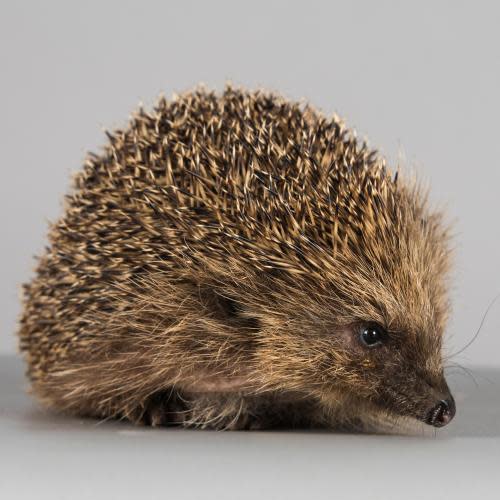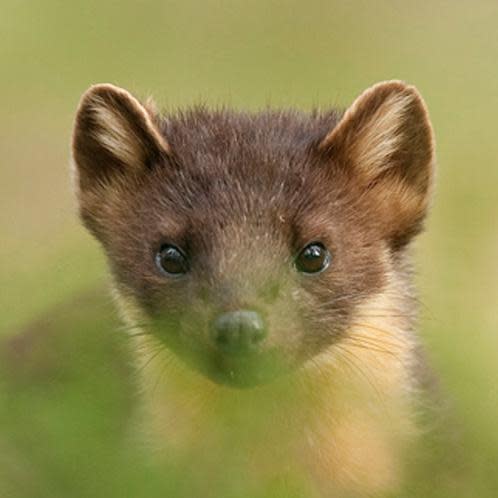Know your Hrvatski from your Old Norse? Test your language skills – quiz

It’s never too late to brush up on your linguistic skills, n’est-ce pas? Certo. Language is fascinating, but our knowledge of it is beset by myths and fallacies. We’re here to clear some of those up – and allow you to impress your friends by whipping out facts about kennings, furry animals and proto-Indo-European (all will become clear). Enjoy!
The Guardian’s language quiz
Which of these languages is related to English?
Basque
Finnish
Tamil
Nepali
What is the meaning of the Old English expression hronrad (whale-road)?
Ocean
Waterslide
Reef
Beach
Which of these words is derived from the Greek for “wild animal”?
Demon
Treacle
Banana
Weasel
When was the word “doable” first recorded?
1947
1832
1765
1443
Which language is known as “Hrvatski” by its speakers?
Hawaiian
Hungarian
Croatian
Estonian
What is the meaning of the Old English expression heathoswat (battle-sweat)?
Oil
Blood
Tears
Wine
Which animal’s name derives from “one who licks” in Lithuanian, and “honey-eater” in Russian?
Hedgehog Hedgehog
A bear Bear
Pine marten Pine Marten
Hazel dormouse Dormouse
Whose last words were “You be good, see you tomorrow. I love you.”
The Turing machine developed by computer scientist Alan Turing
The last speaker of the Bo language of the Andaman Islands
Alex, an African Grey parrot owned by psychologist Irene Pepperberg
The father of modern linguistics, Ferdinand de Saussure
When was the word “unfriend” first recorded?
2003
1659
1999
1022
What does the following sentence, in the gay slang Polari, mean? “Bona to vada your dolly eek”
Pleased to meet your darling wife
Good to have had your kind help
He doesn’t have a nasty bone in his body
Nice to see your pretty face
Which of the following languages has the most native speakers?
Hindi
English
Portuguese
German
What does gras bilong fes mean in Tok Pisin, the language of Papua New Guinea?
Marijuana
Wig
Beard
Palm tree
Rosetta Stone Which of the following languages can be found on the Rosetta Stone, the inscription that allowed scholars to decode hieroglyphics?
Persian
Ancient Greek
Aramaic
Hebrew
Emilia Clarke portrays Daenerys Targaryen How do you say “Hello” in High Valyrian, a language in Game of Thrones?
Rytsas
Kytsas
Athra’akia
Haarc
What did the adjective “nice” mean in the 15th century?
Foul-smelling
The same as it does now
Foolish
Disappointing
When was the word podcast coined?
2007
1998
1589
2004
What does mausgras mean in Tok Pisin, the language of Papua New Guinea?
Moustache
Mousehole
Mouse-dropping
Mardi-gras
Which language is known as “Magyar” by its speakers?
Maltese
Hungarian
Kyrgyz
Georgian
Which of these languages is still spoken today?
Ancient Egyptian
Aztec
Anglo-Saxon
Minoan
What does the Yorkshire dialect word “snicket” mean?
Hard-boiled sweet
Tea-cake
Alleyway
Gutter
Solutions
1:D - Nepali and English belong to the Indo-European family, whose members descend from a common ancestor spoken around 6,000 years ago, 2:A - It is a kenning. Kennings are Old English words made of two nouns that have been mashed together to create a lovely metaphor, 3:B - The current sense of the word dates from the 17th century. It comes to English via Old French triacle, via Latin, from the Greek thēriakē meaning ‘antidote against venom’ which is ultimately derived from thērion ‘wild beast’, 4:D - For a word with a distinctly contemporary ring, it's surprisingly long in the tooth, 5:C - The country's official name is Republika Hrvatska, but in English we use the name derived from medieval Latin, 6:B - It's another kenning! Seems obvious once you know the answer. Especially if you weren't the best at battling, 7:B - Names for bears in many European languages are circumlocutions. It was taboo to refer to the animal directly, perhaps because it was so terrifying., 8:C - By the time Alex died, aged 31, his language abilities were said to equal those of a four-year-old child, 9:B - It pre-dates Instagram and Facebook trauma by a good few centuries, 10:D - Well, aren't you fantabulosa!, 11:B - English, with 379m (Hindi has 341m, Portuguese 220m, German 76m), 12:C - Yes, you guessed it. It basically means 'grass of the face', 13:B - Inscribed with three versions of a decree issued on behalf of King Ptolemy V Epiphanes, the Rosetta Stone's top and middle texts are in Ancient Egyptian using hieroglyphic and Demotic scripts respectively, while the bottom is in Ancient Greek, 14:A - There was nothing in the small print to stop us including fictional languages. Have you brushed up on your Klingon or the Middle-earth Elvish?, 15:C - It came to English via Old French, ultimately from the Latin nescius, meaning "ignorant", 16:D - It was coined by Ben Hammersley on this very website, in an article about the boom in online radio. He wrote: "MP3 players, like Apple's iPod, in many pockets, audio production software cheap or free, and weblogging an established part of the internet; all the ingredients are there for a new boom in amateur radio. But what to call it? Audioblogging? Podcasting? GuerillaMedia?", 17:A - Yes, if a beard is the 'grass of the face', then it's pretty obvious how mausgras is derived, 18:B - Hungarian has no linguistic relatives in the immediate area – but it is related to Finnish and Estonian., 19:B - Around 1.7 million Nahua people, most of whom live in central Mexico, speak the Nahuatl language that was also spoken by the Aztec, Mexica, and Tlaxcalan peoples, 20:C - Yes, it's a narrow alleyway or passage between houses
Scores
0 and above.
That seems like a perfectly cromulent score on a language quiz to us, well done!
20 and above.
That seems like a perfectly cromulent score on a language quiz to us, well done!
David Shariatmadari is the author of Don’t believe a word: from myths to misunderstandings – how language really works. We hope you enjoyed the quiz. Remember it is just for fun and there are no prizes. If you do think there is an egregious error that needs correcting, then you can email david.shariatmadari@theguardian.com








